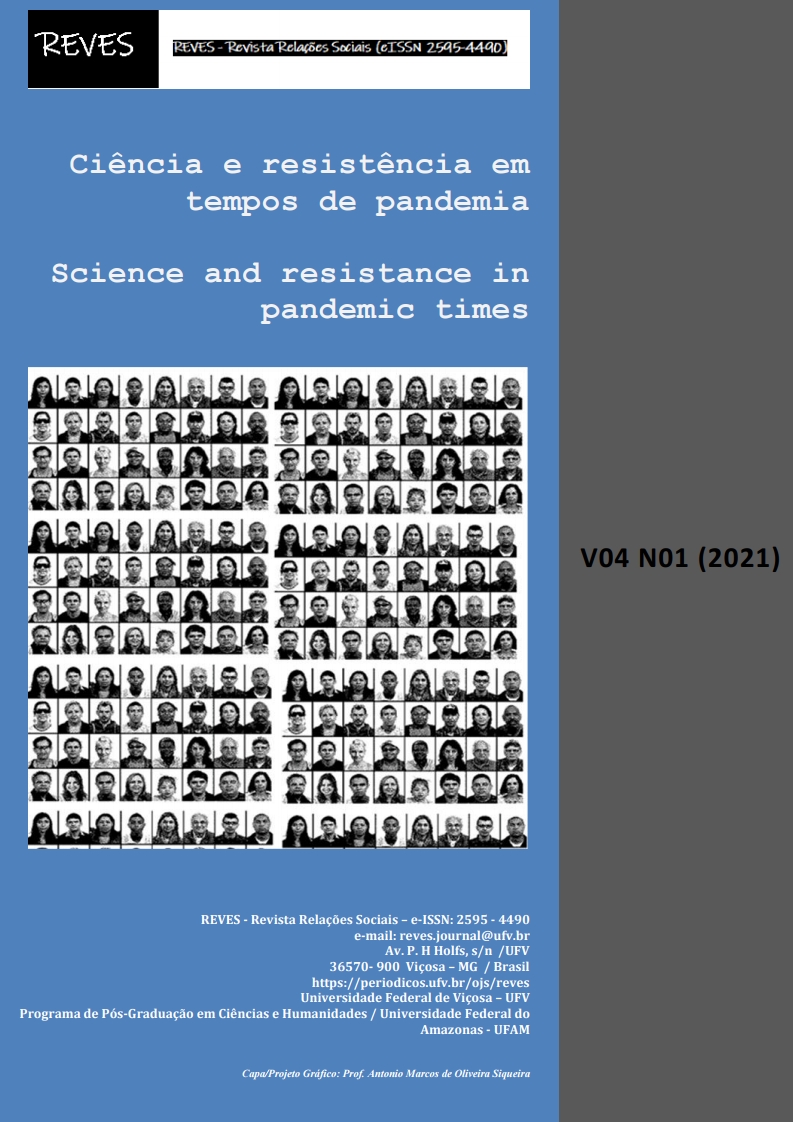Low environmental impact construction: fragilities and potentialities of hyperadobe as a solution for the Brazilian housing deficit
DOI:
https://doi.org/10.18540/revesvl4iss1pp14001-14015Keywords:
Low environmental impact construction, Housing deficit, Hyperadobe, Social interest housingAbstract
In the last five years, Brazil faces a housing deficit of around 6 million domiciles, while the contradictory 7 million unoccupied buildings. So far, neither the government nor the civil construction sector could resolve the issue, which is part of a graver picture with the environmental issues. Researches have been looking for a solution and the hyperadobe system, as a bagged earth construction system, presents many advantages for social interest constructions. Thus, the focus of this study is the fragilities and potentialities of hyperadobe's application in the national scenario, meaning to show it as a possible vector to solve the problem. Through the bibliographic review, it is concluded that the studied technology presents particularly advantageous characteristics to face the problem such as the low costs, the fast execution, the easy workforce training, and the high environmental performance in thermal and acoustical comfort. Therefore, is defended that the introduction of hyperadobe on the public policies on facing the housing deficit would be of great value, working on the difficulties that the system faces nowadays.
Downloads
Downloads
Published
How to Cite
Issue
Section
License
Copyright (c) 2020 REVES - Revista Relações Sociais

This work is licensed under a Creative Commons Attribution 4.0 International License.












